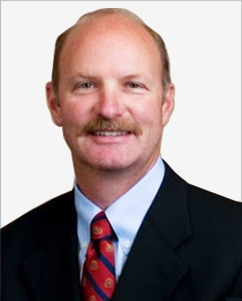
Follow Your Post-Surgery Instructions
Dr. Dreyfuss helps educate his patients on proper recovery practices to ensure the best results. This information, as well as post-surgery visits to his surgery center in Orland Park, are essential for the best results. Following these instructions are necessary to avoid potential complications after surgery. Although the steps he recommends may seem minor, they are crucial to a proper healing process and maximizing your results.
Avoid Strenuous Activity
After your operation, Dr. Dreyfuss will restrict physical activity to avoid mishaps like putting too much pressure on the sutures. He asks his patients to put off their workout routine until he gives his okay.
Stay Indoors
Avoiding the outdoor environment will also keep you from acquiring pollutants at the incision site, which may lead to a higher risk of infection. Also, it’s best to limit sun exposure while you heal. If you must go outside, wear loose-fitting sunglasses and a hat for protection.
No Eye Makeup
To ensure your best results, you should sacrifice eye makeup for a few weeks. Avoiding lotions, eye cosmetics or makeup after surgery allows the incision to heal properly. Dr. Dreyfuss will let you know when it is possible to resume the use of cosmetics as your incisions heal.
Eye Drops and Cold Compresses
Dr. Dreyfuss will provide you with eye drops, mostly a saline solution, to help with your recovery. Also, he recommends cold compresses to manage pain and swelling around the eyes after surgery.
Keep Us on Speed Dial
If you feel uncertain about complications after surgery, no matter how small, contact us immediately. Although minor discomfort and swelling are common, if you have a concern, don’t hesitate to call us. We may ask you to come in to make sure your recovery is going as planned.
Rest and Relax
The body heals best when you are sleeping. Make sure you prepare relaxation and sleep areas where you can get the necessary rest you need. Also, put items like tablets, medications, and books nearby, so you don’t have to move around as much, especially right after surgery.
To learn more about blepharoplasty recovery or about the procedure itself, give us a call or contact us today to schedule a consultation.




